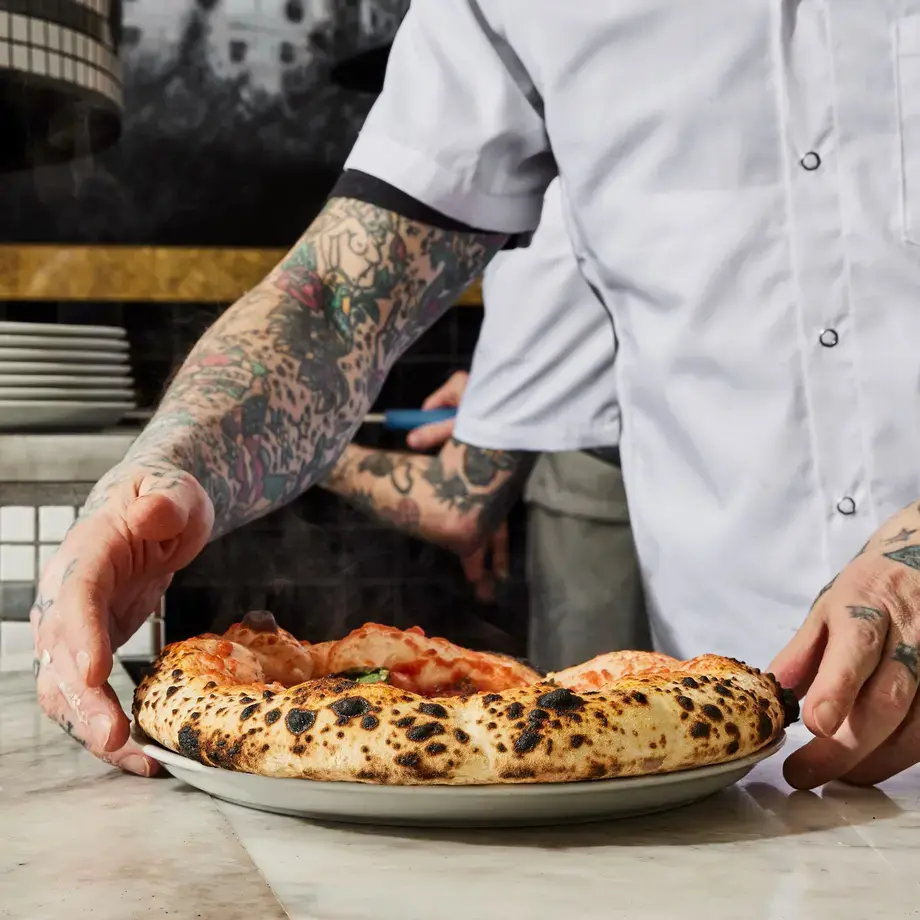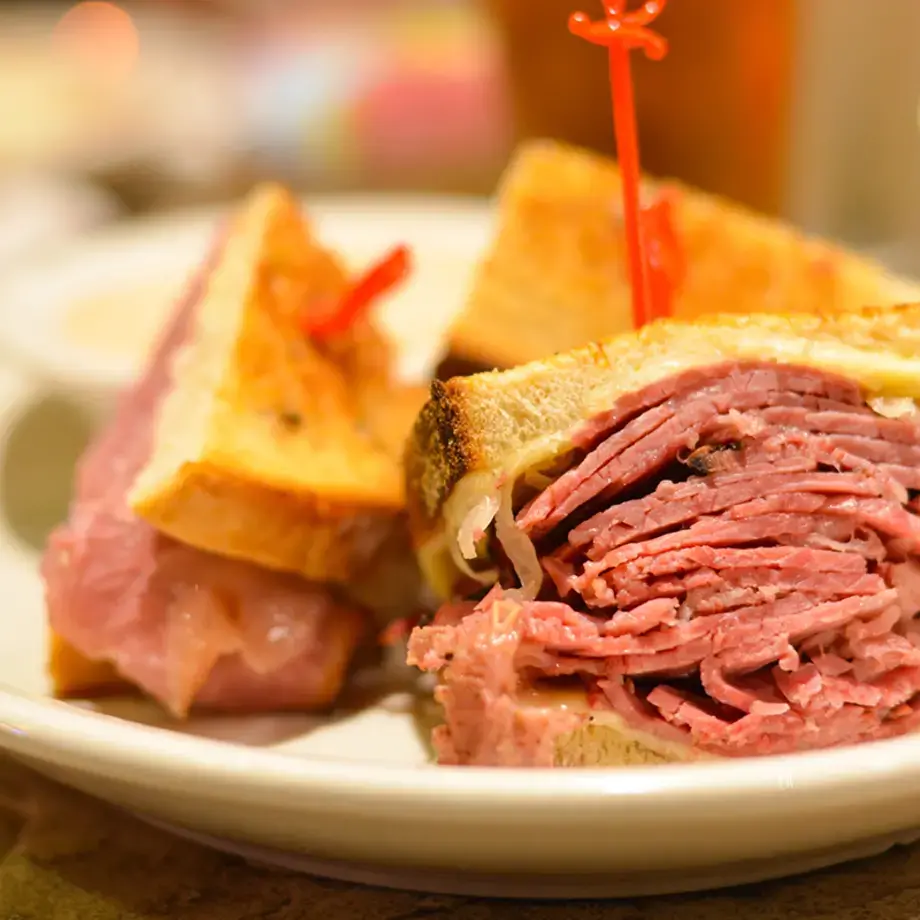If your friend turned to you and said "let's do pasta" you might respond by telling them to boil the water or by asking what sauce to prepare. But when George L. Legendre's friend said "lets do pasta" late one evening - the phrase took on a whole new meaning.
George is an architect and what his Italian friend Marco was offering was a new topic for him to analyze, a new angle for him to apply his mathematical knowledge, a new way to focus on something less conventional. Not buildings, structural analysis or the perfect maths required to build an arch - but plain and simple pasta.
For the next two years that's exactly what George did - first he collected as many commercially available pasta shapes as possible, 92. Then he began the long process of analysing all the shapes in an attempt to find unity, formulas and ways to express this Italian staple mathematically. No mean feat and something that sounds meaningless until you see the results.
"My office is a bit different, we are architects, we're designing and building but we don't start by sketching ideas with pen and pencil, instead we're working with mathematics. It's another form of architecture but more technical and contemporary - so when Marco said 'lets do pasta' - what he meant is why don't you use the first hand knowledge you have to do something a lot of people can relate to," says George.
And that's exactly what he did in his new book Pasta by Design - the biggest visual and detailed collection of pasta shapes ever published, a triumph of design, mathematics and a project that's led to some interesting discoveries.
As he explains: "What's really odd about the 92 shapes of pasta is that we covered this whole range but yet all the pasta shapes use just two basic functions. These functions are found in all pasta and they're enough to describe all the shapes in any combination. It's still surprising how elementally these functions can be applied to pasta."
Using the mathematical functions mentioned above, George was able to write formulas that conveyed each pasta's shape. These formulas can then be fed into a computer which processes the data and presents perfect renderings of each pasta's individual shape. A sort of food, meets art and maths concept and one that's proven to be more popular than he first imagined: "The attention, interest and passion that anything food related generates is unbelievable. If you want to do something mainstream you better deal with noodles."
He sees the fun side of the book but he's also set out and achieved an artistic project. He's examined and presented pasta in a new light and created a book that makes people ponder pasta a little deeper than usual, perhaps a little deeper than anyone needs to go, but nevertheless a book that hammers home the ashthetic beauty and simple foundation of pasta.... And does George have a favorite?
"Fusilli by my wife in a sausage sauce is amazing." But mathematically? "The most shapely pasta you can encounter is trenne and the other extremes of the scale the only pasta that actually stands out is fagottini. If you look at it - it's a dumpling - you pinch a square piece of dough and fill it and when you model it it's this beatiuful shape - it's quite intense, looking at the functions it's probably the most unusual and the most rewarding pasta mathematically."











